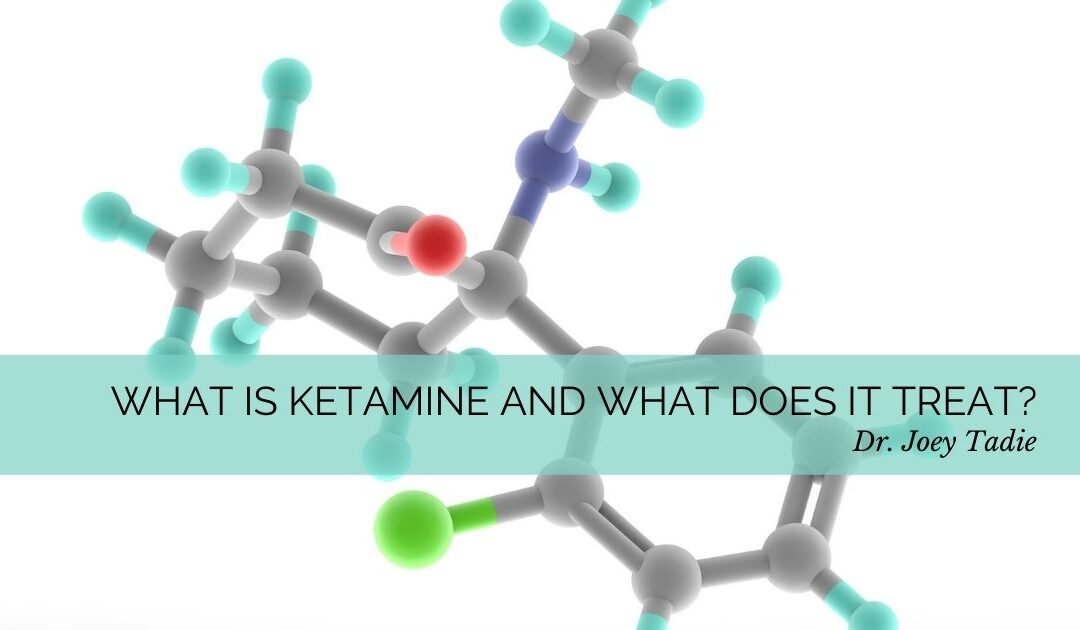What do psychedelics have to do with mental health?

Are there any psychedelics currently available as mental health treatment options?
Several psychedelic medicines such as MDMA (Ecstasy) and psilocybin (Magic Mushrooms) are currently under research. Still, they are not yet approved for use by the Food and Drug Administration (FDA). One medicine that has been FDA approved is Ketamine, and this is now being used as an off-label treatment for mood disorders. Ketamine has a particular reputation of bringing about significant improvements in clients with intractable depression and suicidal thinking. Moreover, these positive effects can last months or longer between Ketamine treatments. Even clients who are not suffering from debilitating depression can still experience several positive benefits from Ketamine when used in appropriate clinical settings. All psychedelics, including Ketamine, appear to work most effectively when coupled with adequate preparation and integration therapy sessions. Clients both prepare for and reflect on their experience with the medicine.
What is Ketamine, and what benefits might a client experience after undergoing treatment?
Ketamine was initially used as an anesthetic around the 1960s. Although not originally intended as a mental health treatment, Ketamine was found to have significant antidepressant properties in studies conducted in the early 2000s. Subsequent studies confirmed that depressed clients who received multiple series of Ketamine injections saw meaningful mental health gains and preserved their gains for long periods in between treatments. This was notably true for clients with treatment-resistant mood conditions. These clients were able to make improvements that had previously been unrealized with existing therapies. There are various treatment models that incorporate Ketamine. Some models call for injections alone, though such models might not be as effective or long-lasting as models that include therapeutic guidance and support.

What are the general models for how Ketamine is used in mental health treatment?
Ketamine can be administered in different ways and with different goals or intentions. There are lozenges and nasal spray versions of Ketamine, but it is more commonly administered through IV or intramuscular injection. One way to access Ketamine is through specific Ketamine clinics usually designed to administer Ketamine in a more medicalized setting. Clients receive doses of Ketamine during sessions that last one and a half to two hours. There is often not a clinician present with clients consistently during the session, though clients are medically monitored. Therapy is not necessarily a component of this model, and clients might simply receive injections alone without any guidance or integration of their experience. This model can treat mental health conditions for some clients, but for many others, it limits the growth and staying power that a client can feel with the treatment.

Is Ketamine safe?
Ketamine should only be used under medical supervision, as with any prescription or controlled medication. Ketamine is a safe treatment option if clients are medically cleared, adequately monitored, and follow basic before and aftercare instructions. Ketamine can create a non-ordinary state of consciousness, and similar to other types of anesthesia, clients cannot drive themselves after a Ketamine session. It is best to make transportation arrangements beforehand to ensure clients get to and from sessions safely. Some temporary side effects from Ketamine sessions include nausea, dizziness, increased heart rate, and increased blood pressure. Most of these side effects can be managed in-office and are not serious for clients who have been thoroughly screened. Ketamine is not suitable for everyone, and it is essential to always seek medical consultation to determine if this treatment is an appropriate fit for you.
Photo credits:
Photo by Damir Omerović on Unsplash
Photo by Milad Fakurian on Unsplash




